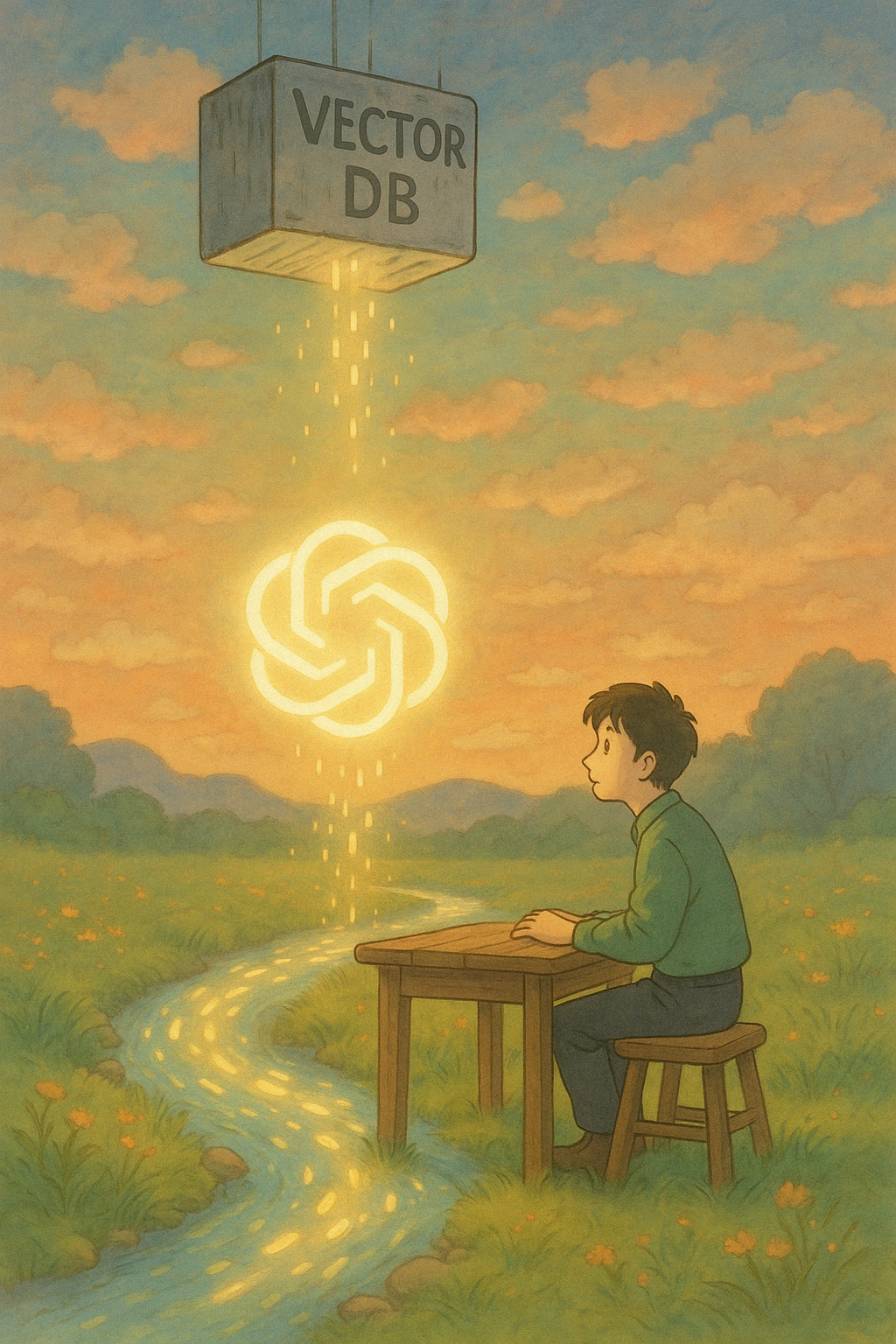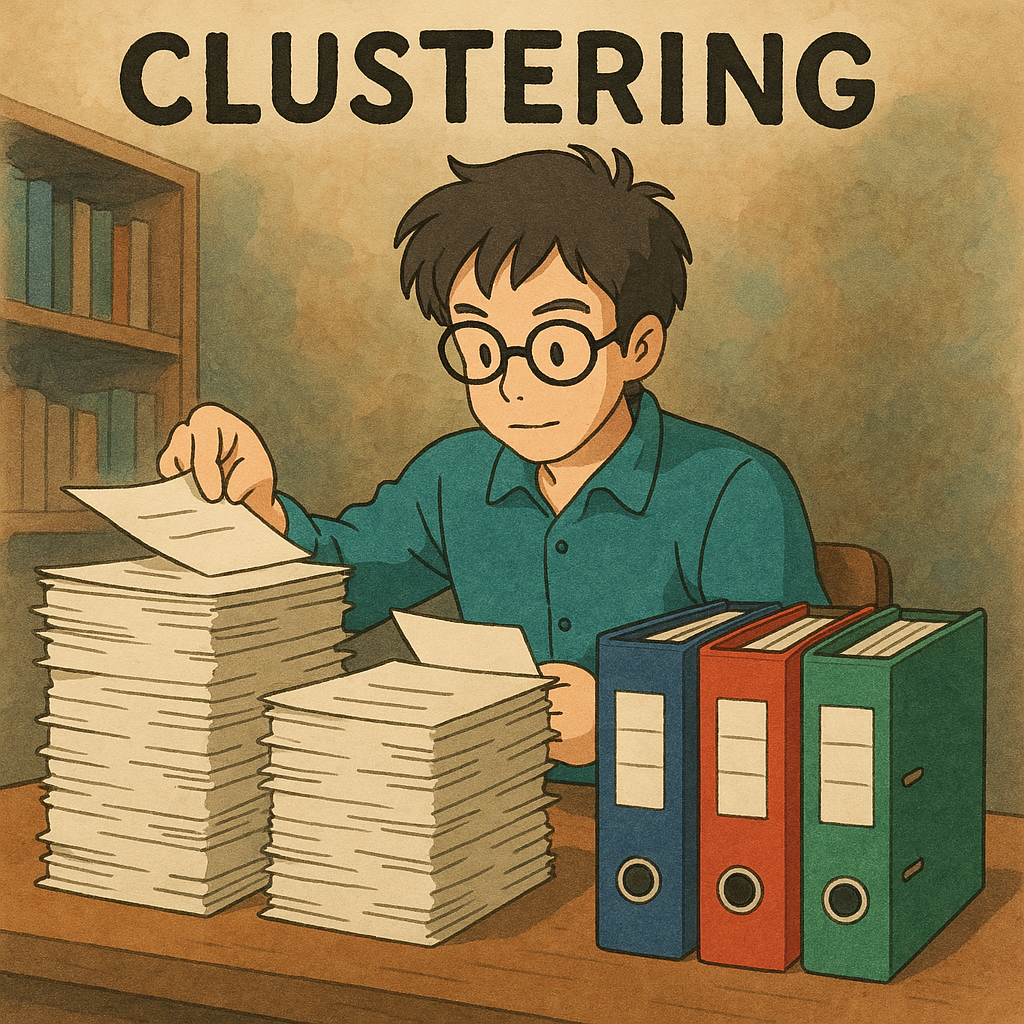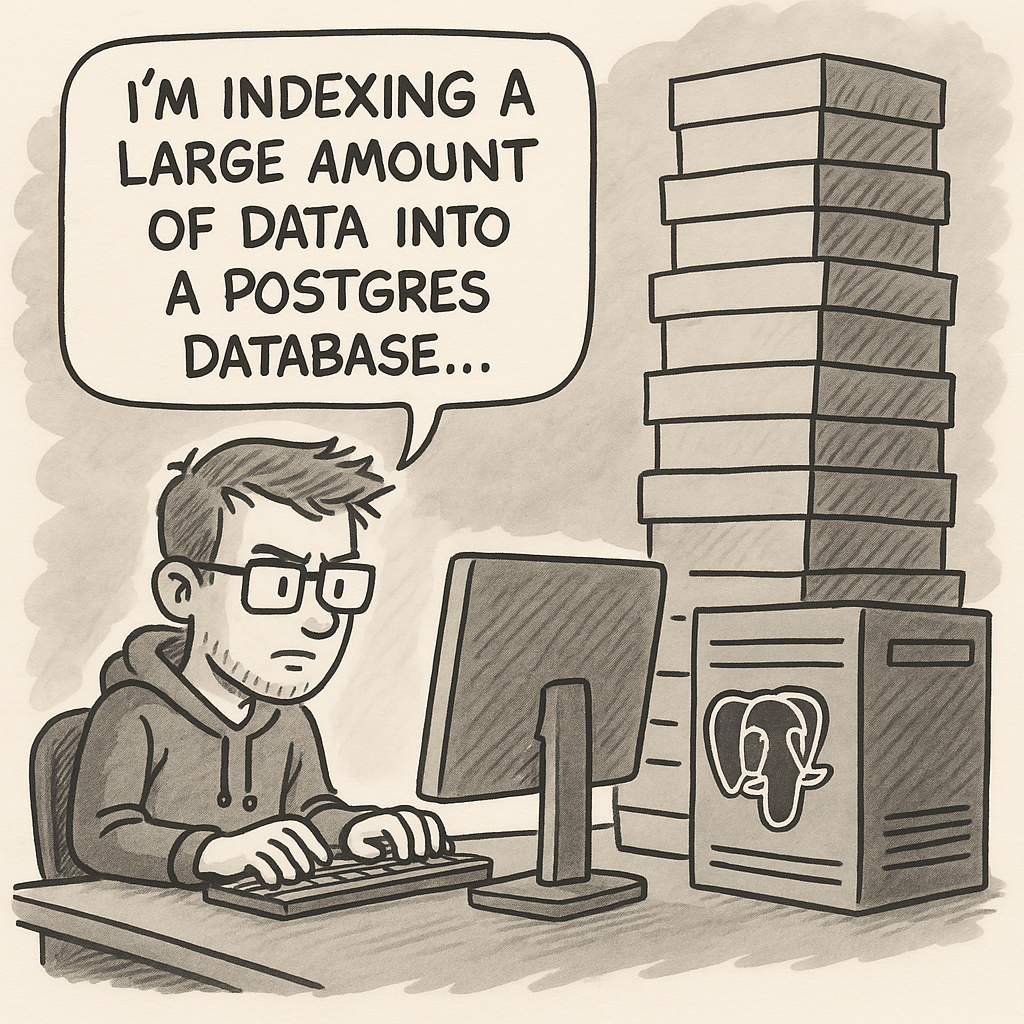How Can Internet Communication Technologies Boost Business Profits?
What's the best architecture for seamless communication? How can companies implement these systems efficiently? These are just some of the questions I explore on my blog, where I dive into the latest strategies and innovations in digital communication. 🚀
What I Learned Building Quizzy.io
What I Learned Building Quizzy.io
Vectorising Corporate Documents in Practice
How I combined MCP, Python and PostgreSQL into a single workflow
MCP – Will Managers Replace Developers?
Model Context Protocol (MCP) is quietly becoming one of the most transformative technologies of 2025. Introduced just this March, MCP has already been embraced by the majority of major AI platforms – and an open-source ecosystem has sprung up around it at breakneck speed.
With the rapid adoption of large language models (LLMs), it became clear early on that real-world enterprise applications require something more than general AI knowledge. To be genuinely useful, especially within companies, models need to work not just with their own training data, but with internal company data—data that lives behind firewalls,...
If you've already set up a vector database—I've previously covered the basics on this blog—you know how powerful they can be for semantic searches, document retrieval, clustering related content, and much more. But trust me, the real excitement kicks in when you combine this database with a Large Language Model (LLM).
One particularly useful technique when working with vectorized documents is similarity detection—in simpler terms, identifying when an author may have copied or heavily borrowed from another source. Whether it's a literal copy/paste from another document or paraphrased content, semantic embeddings allow us to catch it.
Clustering – A Powerful Tool for Categorization
One of the most common uses of AI in companies is performing semantic search within their own documents. At this URL, I present a tool for basic conversion of a series of documents in various formats into a PostgreSQL vector database.








